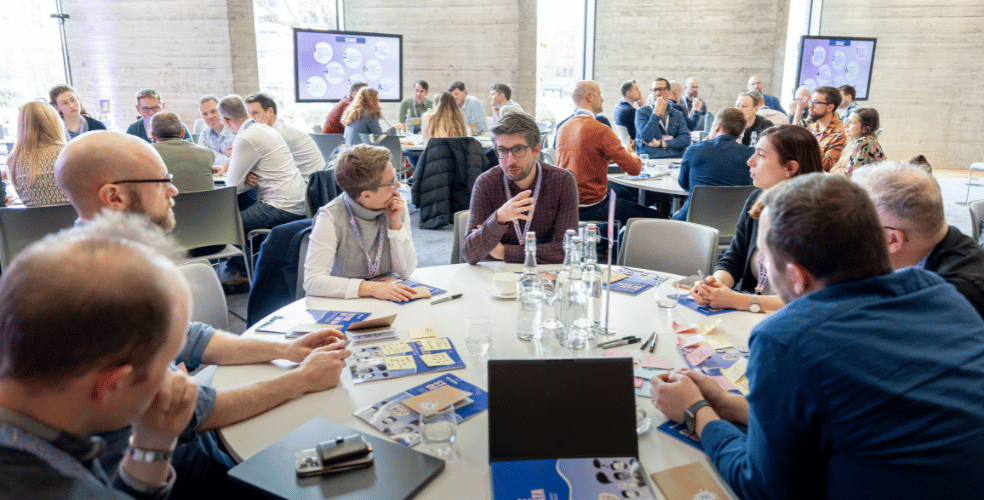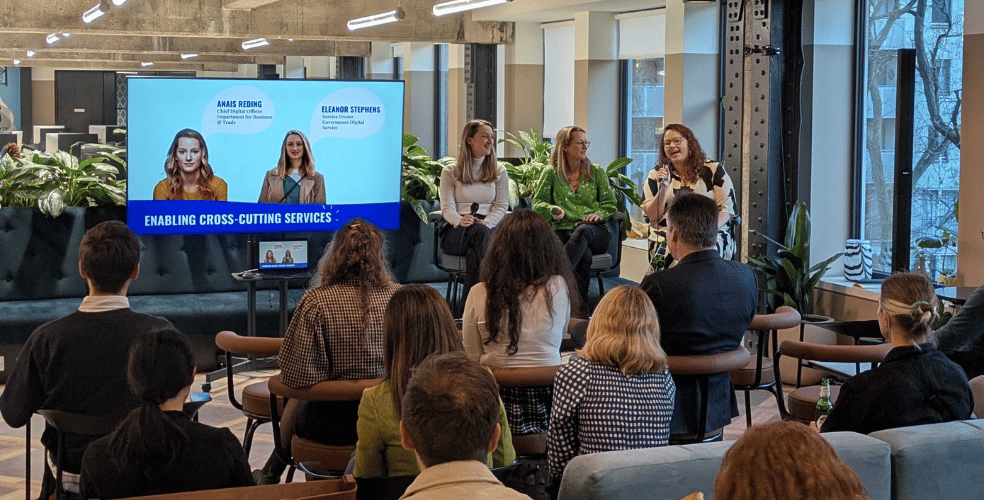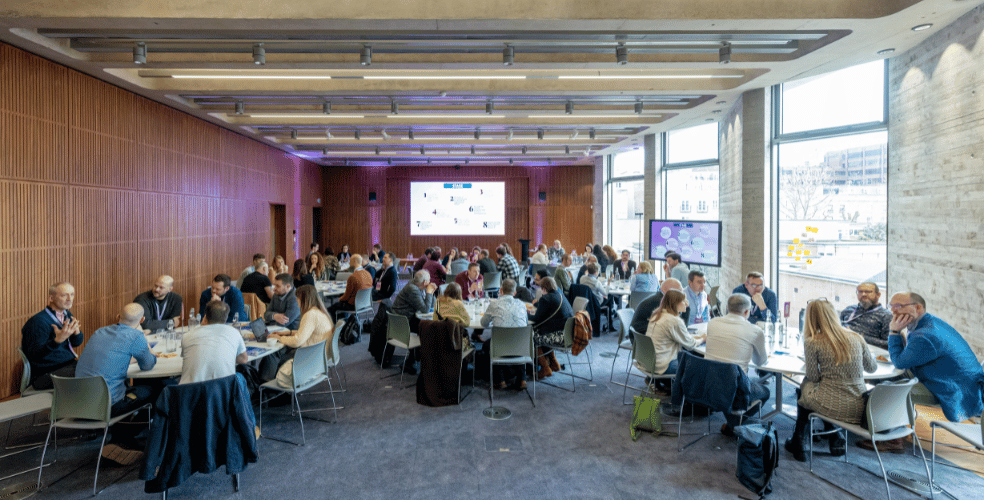We expect public services to be seamless, intuitive, and responsive to their needs. But interactions with government are still often fragmented. People must navigate a maze of separate departments to access what they need, logging into multiple systems, and repeating the same information repeatedly.
But it doesn’t need to be this way. By designing and delivering cross-cutting services, we can create a more joined-up experience that puts people's needs at the heart of public service. But getting there requires more than new technology or clever product design. It demands system-wide change that aligns policy, funding, data, and service design.
Why cross-cutting matters
For people interacting with government, life doesn’t happen in silos. A person applying for benefits might also need housing support. A small business completing a tax return might be eligible for grants or other assistance, but they may never find out unless the services are connected.
When services operate in isolation, it falls on the individual to make sense of the system. They are forced to duplicate information, manage multiple accounts (in some cases over 44!), and navigate different processes that often vary wildly from one department to another. This creates frustration and inefficiency. Even more importantly, it means people can miss out on the support they’re entitled to.
From a government perspective, disconnected services make building a complete picture of what’s happening across the system harder. Data is fragmented, making it difficult to measure impact or make evidence-based decisions. And because funding and accountability are often tied to individual departments, there’s little incentive to collaborate across boundaries.
A new vision for public service delivery
The Government Digital Service’s (GDS) new blueprint for modern digital government signals a renewed focus on whole, end-to-end user experiences. New initiatives, like the GOV.UK Account and GOV.UK Wallet, aim to simplify how people access government services. These are important steps in the right direction. But they’re only part of the picture in creating the blueprint’s next generation public services that do the hard work for the public
True transformation also happens beneath the surface, in the systems, structures, and relationships that underpin service delivery. Cross-cutting services don’t emerge by chance. They require deliberate action to connect the dots between departments, between services, and between people.
Overcoming barriers
There is broad agreement that joined-up services make sense. But if creating these was easy, we’d have got there already. Departments are structured and incentivised to deliver against their own priorities, not necessarily to collaborate with others or prioritise standardisation, reuse or interoperability. Budgets are often allocated for specific programmes or policy areas, making cross-departmental working difficult to fund and sustain.
We need to rethink the way we fund and govern public services if we want to enable truly cross-cutting experiences. That means designing models that support collaboration across departments and policy areas - shifting focus from patchwork, short-term policy and funding cycles. It also means creating shared outcomes that different teams can unite behind—moving away from isolated targets towards a system-wide view of success.
GDS’s role as a strong ‘digital centre’ can help lead this shift. By setting central standards and incentives, it can encourage departments to design services that are interoperable and joined up by default. Future iterations of the service standard, for example, could place greater emphasis on cross-department collaboration, measurement of whole service outcomes, and interoperability
Steps towards joined-up services
Designing services that support citizens to achieve goals that cross departments, boundaries and the public/private sector isn’t just about improving individual transactions. It’s about understanding and transforming the systems that shape how services are delivered. There’s no simple fix, but there are shifts we can take to move in the right direction.
Taking a whole systems approach to understanding problems, services and whole outcomes for citizens and businesses. For public service reform to happen at the scale the blueprint targets, we need much more than just better digital tools. We need to understand the motivations, barriers, and relationships within complex systems to benefit from digital as a catalyst and an enabler for policy change.
We need to incentivise change across boundaries and departments, shifting funding models, procurement, policy accountability and measurement. Teams and departments will need to work differently together to build a more seamless experience of government. This requires sharing evidence, data, skills and decisions making beyond organisational boundaries.
The public sector must equip the ‘Digital Centre’, embedding cross-cutting work into the government's definition of good service delivery. That means building cross-department collaboration into service standards, funding criteria, and accountability frameworks. If departments know they will be assessed on how well they understand and deliver whole services rather than just their own piece of the puzzle, we’ll start to see real change.
Political momentum as we have now has been missing in trying to make real reform over the last few years - acting as a catalytic force for change. We need to build on this and invest in skills and leadership, creating greater technological literacy in leaders while understanding the opportunities to invest and deliver public infrastructure. Standards, and APIs.
To achieve this, we need to bring people together and create safe, neutral spaces for collaboration. These will allow teams to align around shared goals and develop a common understanding of the problems they’re trying to solve.
Creating lasting change
The opportunity to create more joined-up public services has never been greater. The technology is catching up with the vision, and the appetite for change is strong. But if we’re to deliver services that truly work for people, we need to focus on the hard, systemic work of collaboration, funding reform, and policy alignment.
By designing cross-cutting services, we can reduce complexity, improve citizen experiences, and create a more effective and responsive government that brings services to citizens.
We will be exploring how to enable cross-cutting services with industry experts at our upcoming Digital Forum on 20 March. Register to attend now.

Shaping the future of data in government
We share some key takeaways on data sharing, AI, innovation, and transformation across government from our Power of Data roundtables.
Read moreOur recent insights
Transformation is for everyone. We love sharing our thoughts, approaches, learning and research all gained from the work we do.
-

Connecting government services for greater impact
Read insight -

-

Shaping the future of data in government
Read insight -

Transforming data, trust and public services
Read insight

